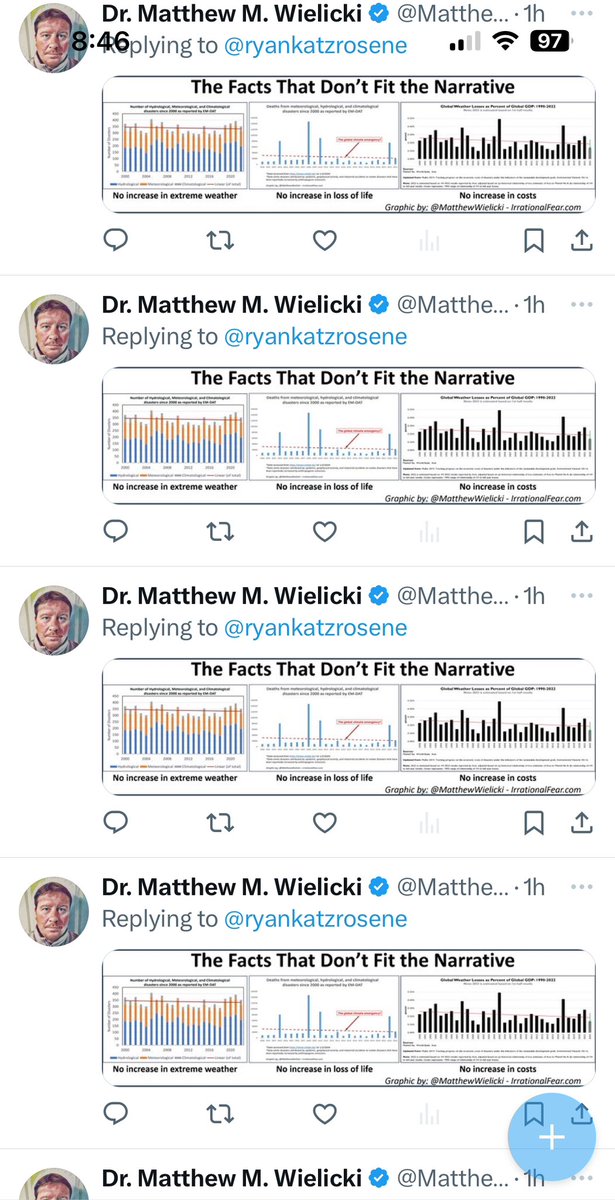
Ryan Katz-Rosene, PhD
@ryankatzrosene
Professor @uOttawa studying contentious CLIMATE POLITICS, esp. re aviation/rail; livestock/meat; GDP/Growth! Editor @SPE_Journal / Host https://t.co/9qZgWycdzP
ID:1116798547
http://ryankatzrosene.ca 24-01-2013 13:28:22
14,8K Tweets
6,4K Followers
2,5K Following















I am looking forward to connecting with folks from Canada & West Africa working on the blue economy during the UN Ocean Decade Conference in Barcelona





![Ryan Katz-Rosene, PhD (@ryankatzrosene) on Twitter photo 2024-04-10 21:57:40 “Future projections suggest increased [agricultural] yield and revenue volatility at midcentury, along with higher rates of climate-driven [farm] default that create correlated risks for financial institutions.” “Future projections suggest increased [agricultural] yield and revenue volatility at midcentury, along with higher rates of climate-driven [farm] default that create correlated risks for financial institutions.”](https://pbs.twimg.com/media/GK1dzkWW0AAKMb7.jpg)